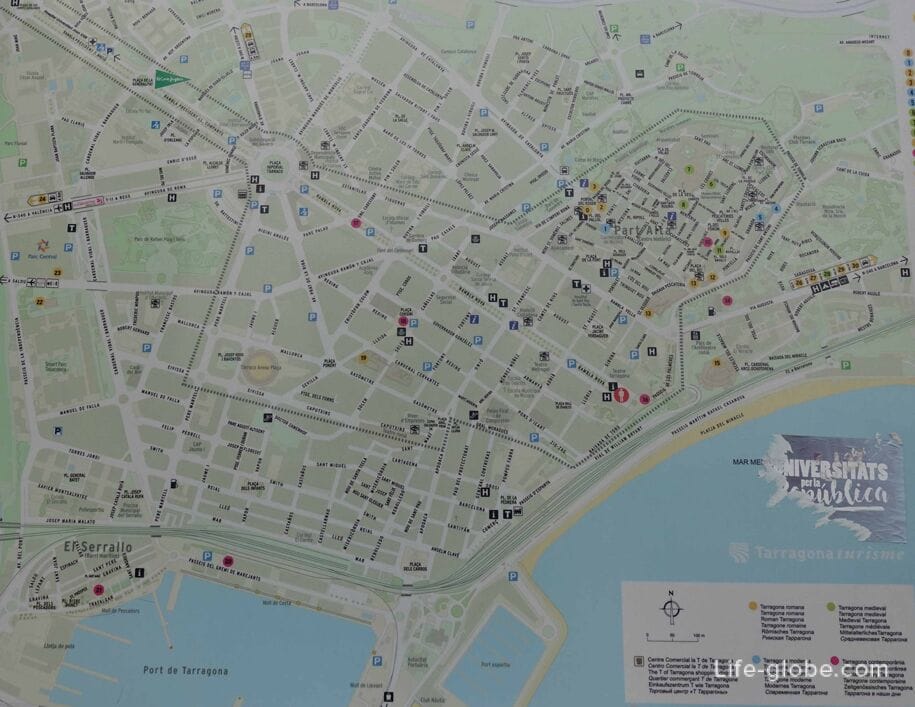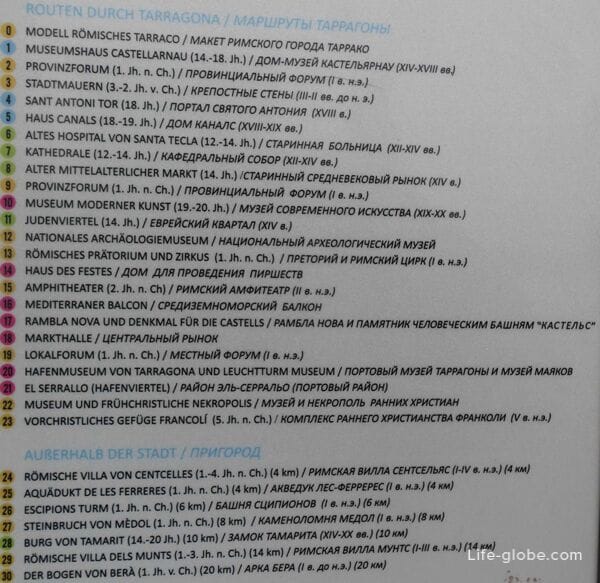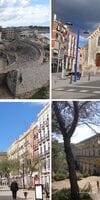Tarragona - a city Dating back to BC and is known primarily for its historical sites that form the archaeological ensemble of Tarraco (now Tarragona), from 2000 included in the world heritage list of UNESCO.
The bulk of the attractions of Tarragona is located in the city centre, walking distance from each other, while the other is located outside the centre of Tarragona and which need to go by transit or to walk, but far enough.
Museum of Tarragona
Tarragona amphitheatre (Amfiteatre de Tarragona)
The amphitheatre in Tarragona - Roman amphitheatre, built approximately in the 2nd century ad. At that time, Tarraco was the capital of the Roman province.
Initially, the amphitheater was used for two activities: battle of gladiators and fighting or hunting of animals. Later the amphitheatre was the place where executed was sentenced to death.
To date well preserved some parts of the amphitheatre, among which are: part of the arena, seats and steps. Read more about Tarragona Amphitheatre...

The old town of Tarragona
The historic city of Tarragona, formerly known as Upper town, or old quarter of Part Alta (Part Alta), currently occupies a special place among the attractions of the city and is one of the best places for walking in the center of Tarragona.
The old town is the abundance of historical monuments, narrow streets and architectural heritage.
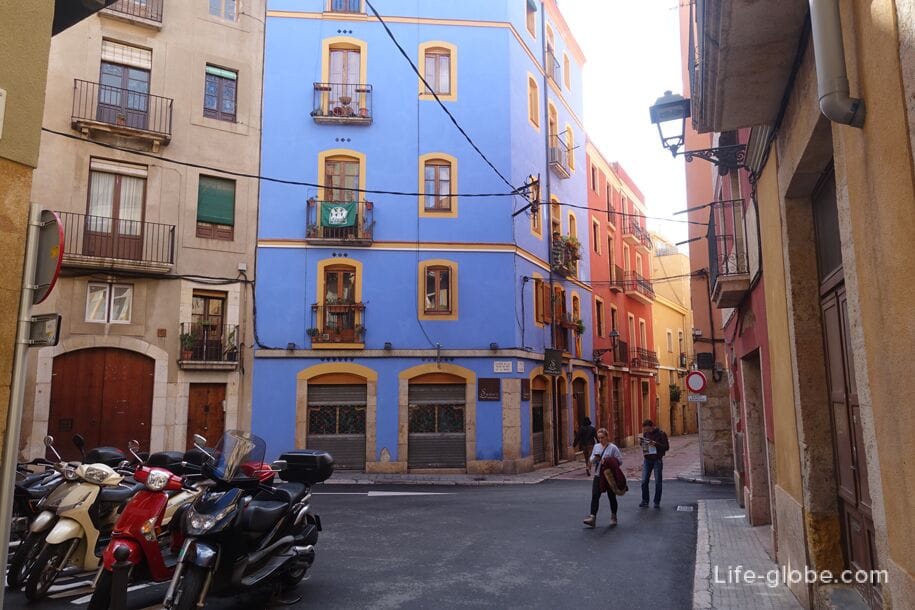
The main attractions of the old city of Tarragona are:
- the remains of defensive walls. The wall was the first Grand structure that the Romans executed shortly after arrival. This is an early military settlement was the source of the future city of Tarraco;

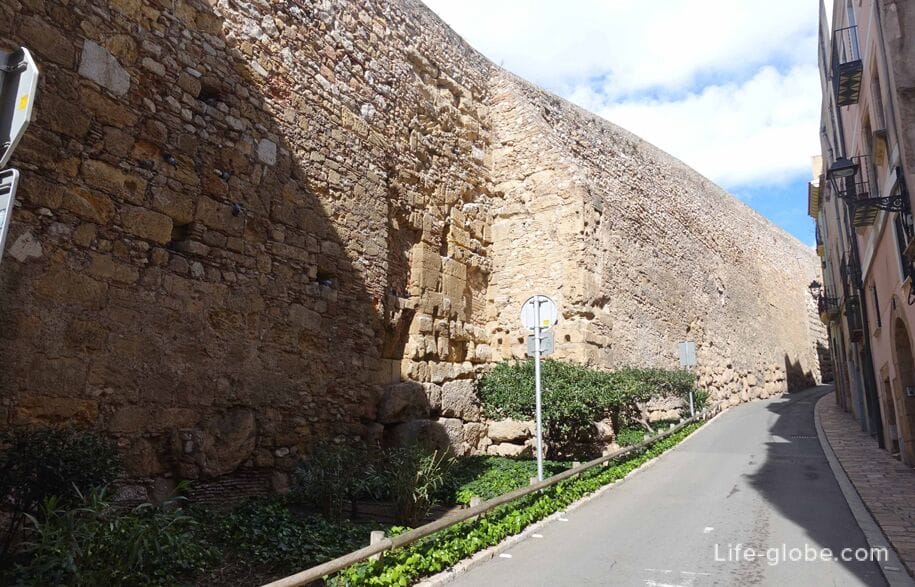
tower de Las Monjas or monks tower (Torre de les Monges), built in the second half of the 14th century together with the new section of the wall in order to convert part of the Roman structures of the circus;
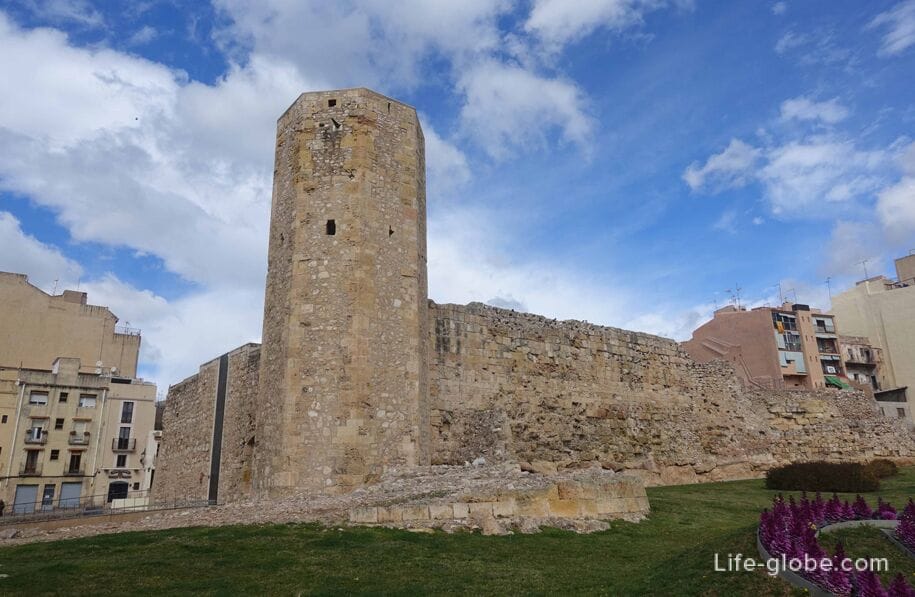
tower of Pretori (Torre del Pretori), which are the remnants of the fortress, where there is a history Museum, and archaeological Museum of Tarragona (Museu Nacional Arqueològic de Tarragona);
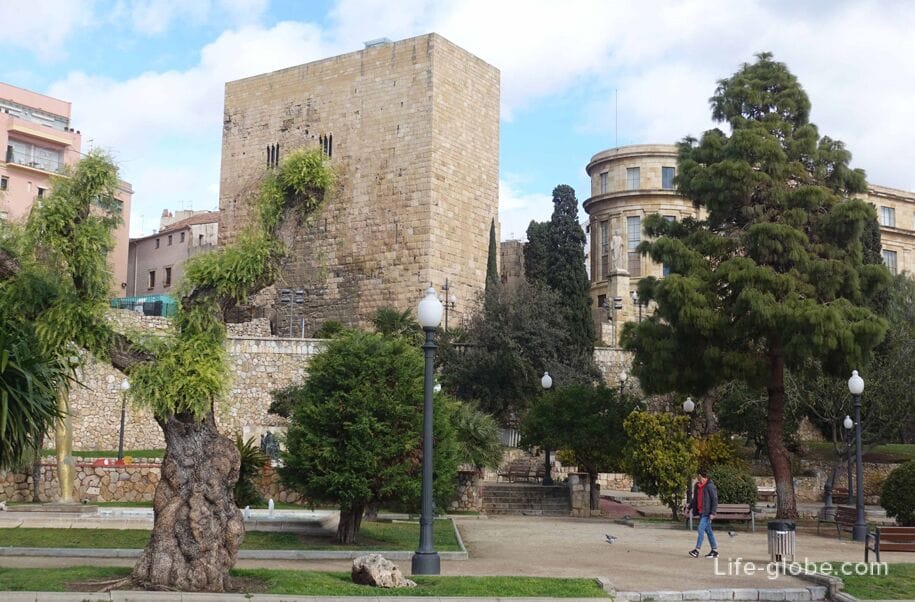

- the remains of the Roman circus, or the circus of Tarraco (Circ Romà) - the place of the once majestic dimensions, which hosted races for chariots, with a capacity of 20,000 people.
The circus had an approximate size of 325 meters in length and 100 to 115 meters wide, was built during the reign of the Emperor Domitian (81-96 ad) and was valid until 5th century;
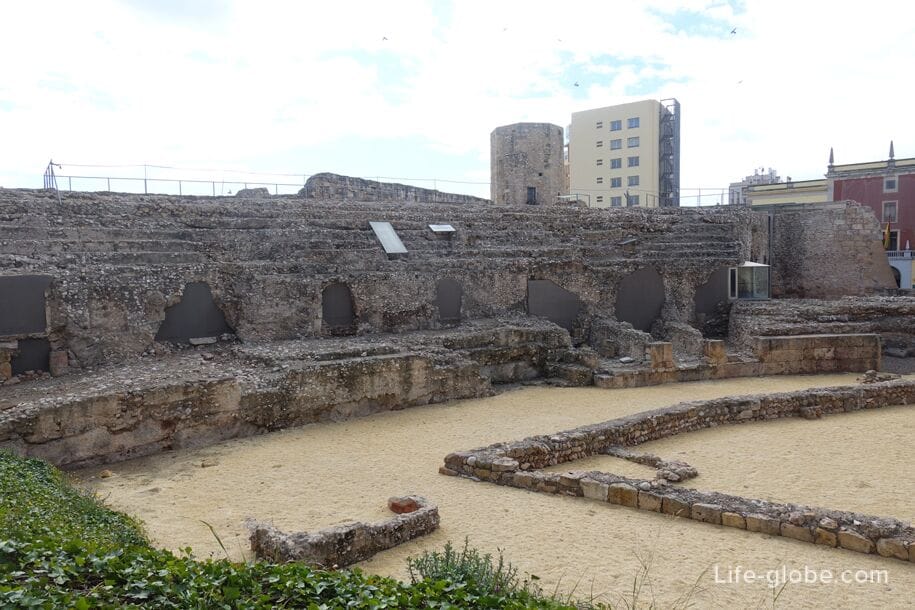
- The Jewish quarter formed by many narrow streets and alleys leading to fundamentally on the main square of the quarter, which is also called the place of the Jewish community. To our days well preserved arch in Jewish quarter of Tarragona (Call jueu);
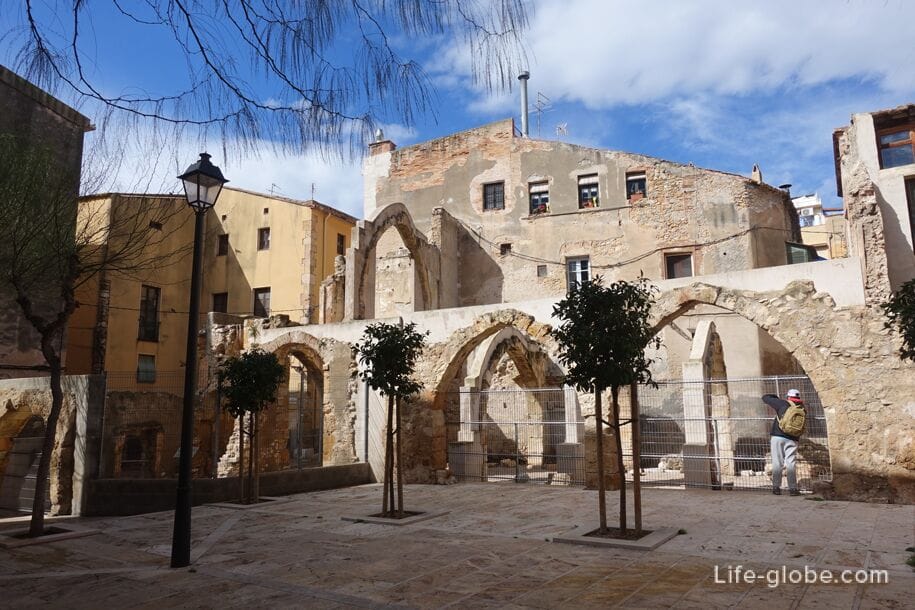
the heart of the old town and its main attraction - the Cathedral of Tarragona (Catedral de Tarragona). The Cathedral combines Romanesque and Gothic styles. Since 1905, the Tarragona Cathedral is a national monument of Spain.
The Cathedral is the monastery with a courtyard and covered gallery bypass (cloisters), enclosing a courtyard with four sides;
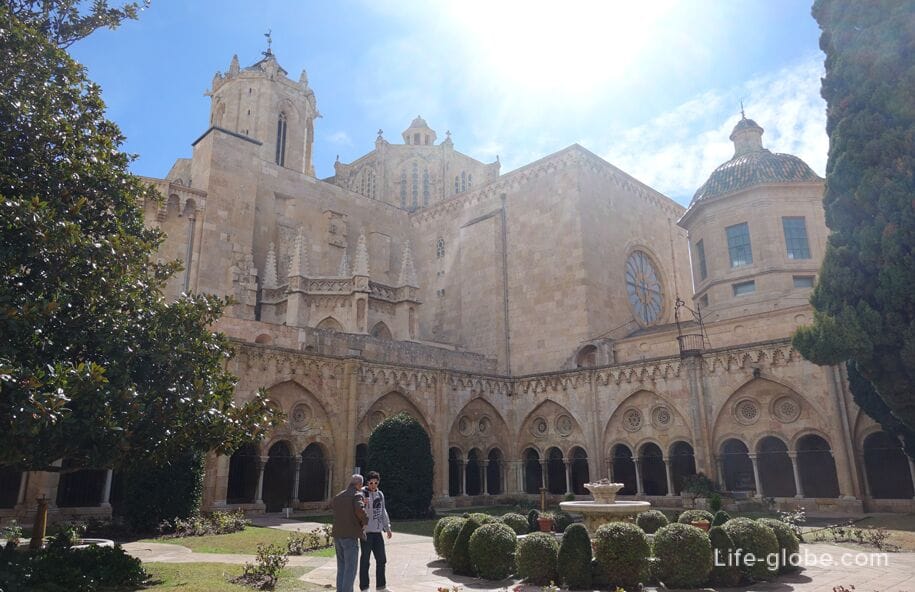
- the main street of the old town of Tarragona - Major street (Carrer Major). Along the street shops and souvenir shops;

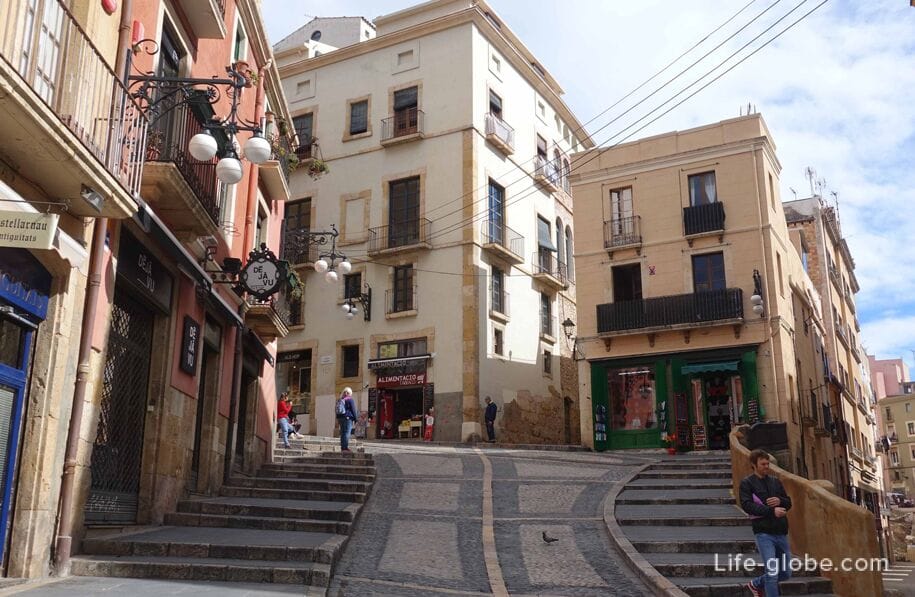
with fraudulent (fake) facade. The façade was painted in 1995, depicting a view of Tarragona at home in the tradition of the 19th century;

- the biggest square in the old part of Tarragona - Plaza de La Font or Fountain square (Placa De La Font).
Currently, the square Font is a pedestrian zone and has an elongated rectangular shape. The centerpiece of the square stands the neoclassical city hall building - the town hall of Tarragona (Tarragona Town Hall);

- Arches Volta del Pallol (Volta del Pallol), who served as part of the Western administrative area of the Provincial forum of Tarraco, where in Roman times, apparently, was the long gallery, which was located behind the entrance and serves as a support for the second floor.
At present, this is the exhibition hall, which presents a scale model of the Roman town of the 2nd century BC;
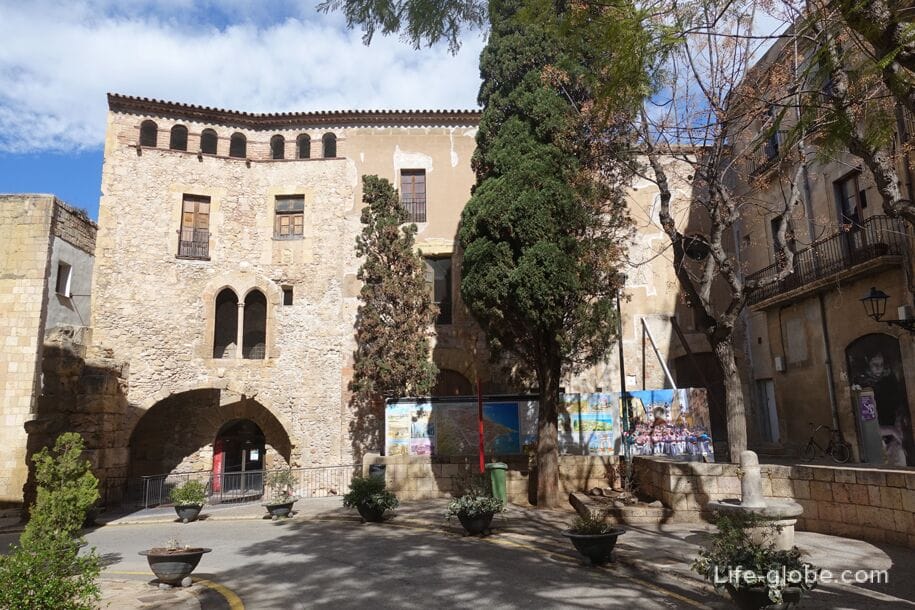
- house-Palace Castellarnau (Casa Castellarnau). Documentary origin of Kasa Castellarnau dates back to the early 15th century. However, during the excavations was documented a number of earlier structures of late antiquity from 12th to 14th century. Read more about old town of Tarragona...

Lookout "Balcony of the Mediterranean"
Lookout "Balcony of the Mediterranean" (Balco del Mediterrani Mediterranean or Balcony) is one of the most vivid, popular and, without doubt, the memorable sights of Tarragona.
The observation deck is located on the edge of the 23-metre-high cliff, in the heart of the tourist part of the city, in the beginning of the famous promenade of the Rambla Nova.
From the observation deck offers spectacular panoramic views of the endless sea, the harbour, railway station, Central beach Miracle and part of the city. Read more about observation deck in Tarragona...
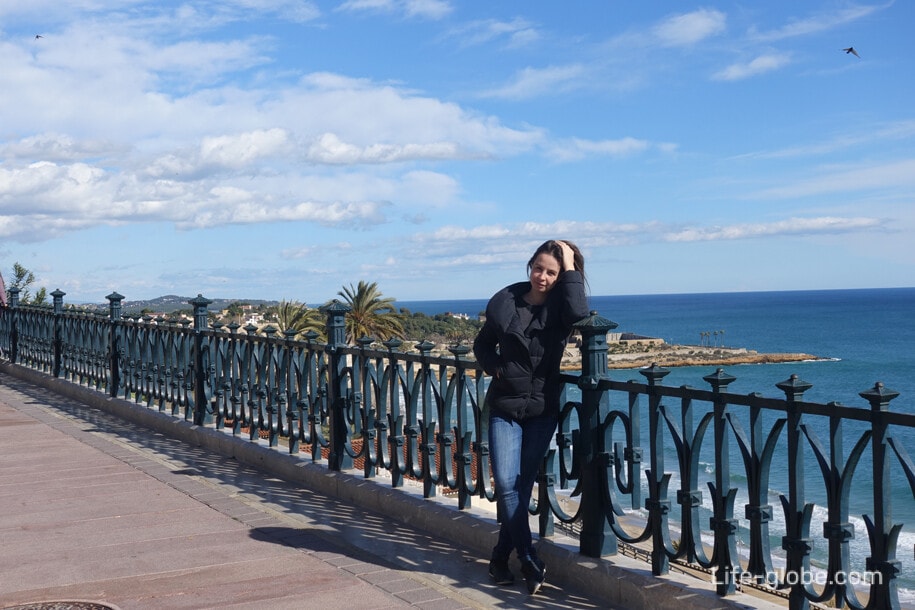
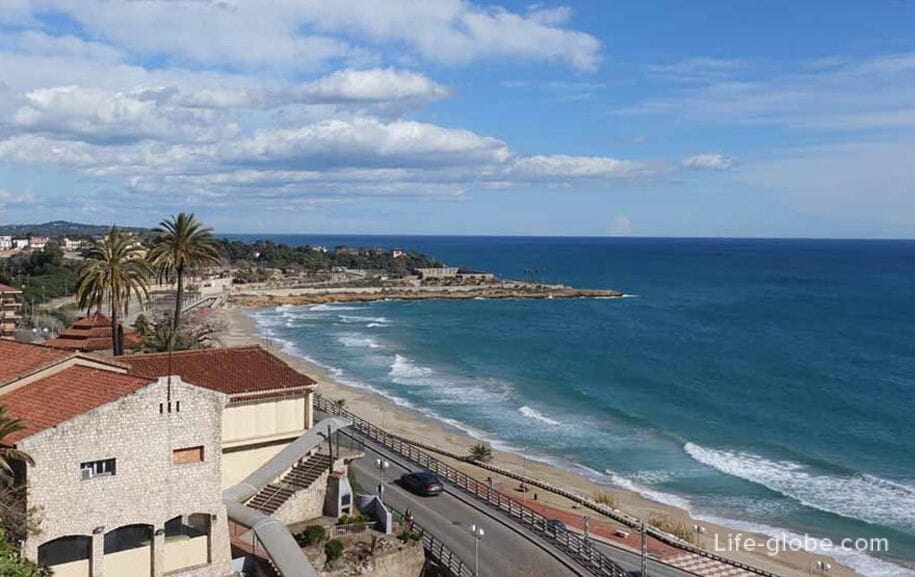
Empire Roma street (Via de l Imperi Romà)
Street of the Roman Empire, passing along the old city walls, with tiles and stone mosaics. The main attraction of the area are the fountain and Roman column (Columna Romana).
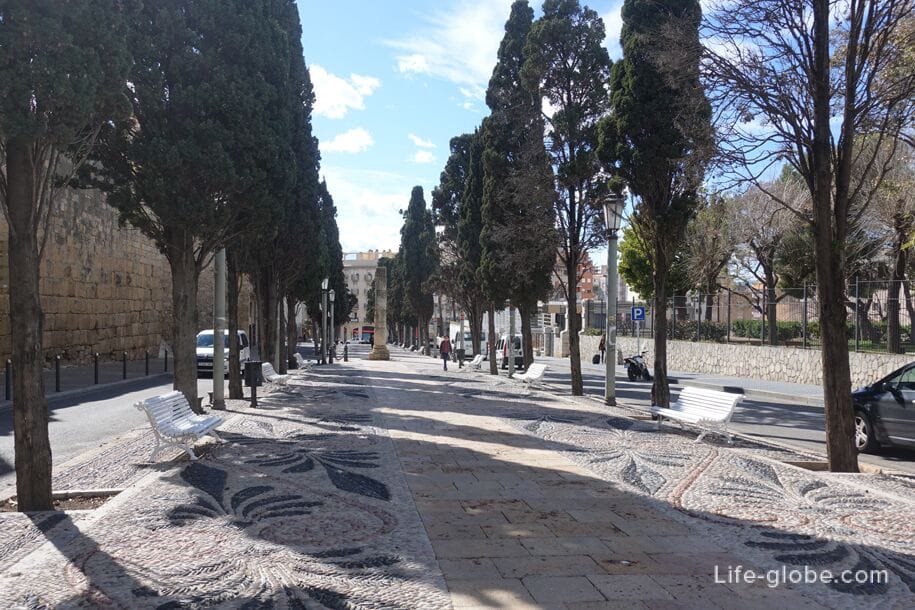
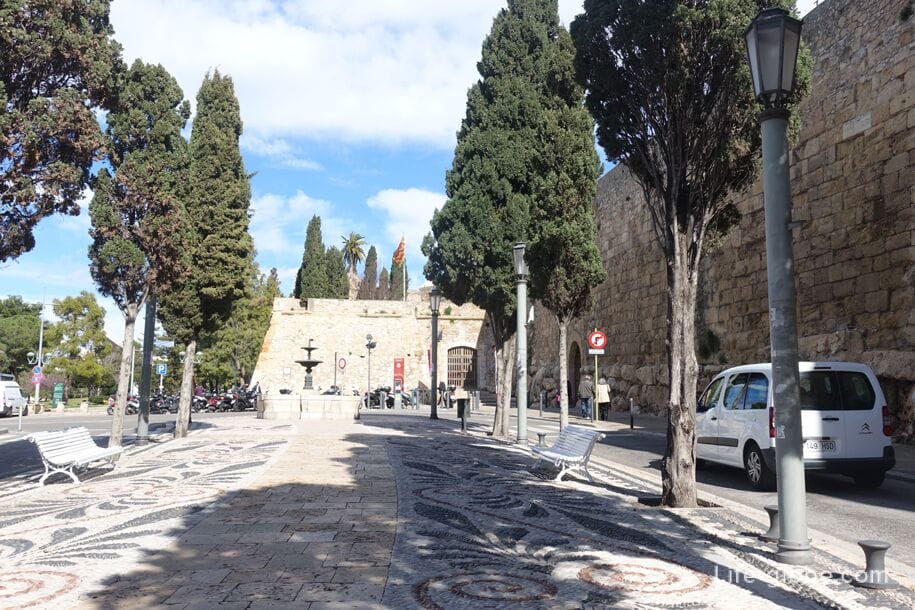
Nova Rambla (Rambla Nova)
The Rambla Nova or the New Rambla (Rambla Nova de Tarragona) - the Central axis and the only shopping street of Tarragona Avenue, crossing the modern city of Tarragona from the South-East to North-West and is perhaps the most famous and one of the most popular streets in the center of Tarragona.

Remarkable about this street some interesting sights:
- a monument to the Catalan Admiral Ruggiero di Lauria (Monument a Roger de Lluria);
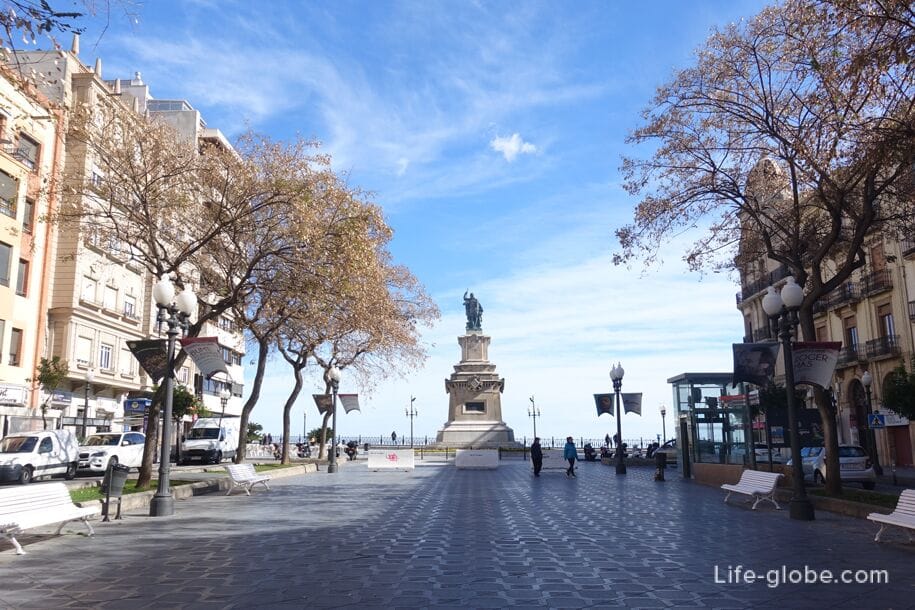
- bronze sculpture - statue of the grandfather of Virgil (L'avi Virgili), Tarragona dedicated to the famous publisher and bibliographer Josep Pau Virgil;
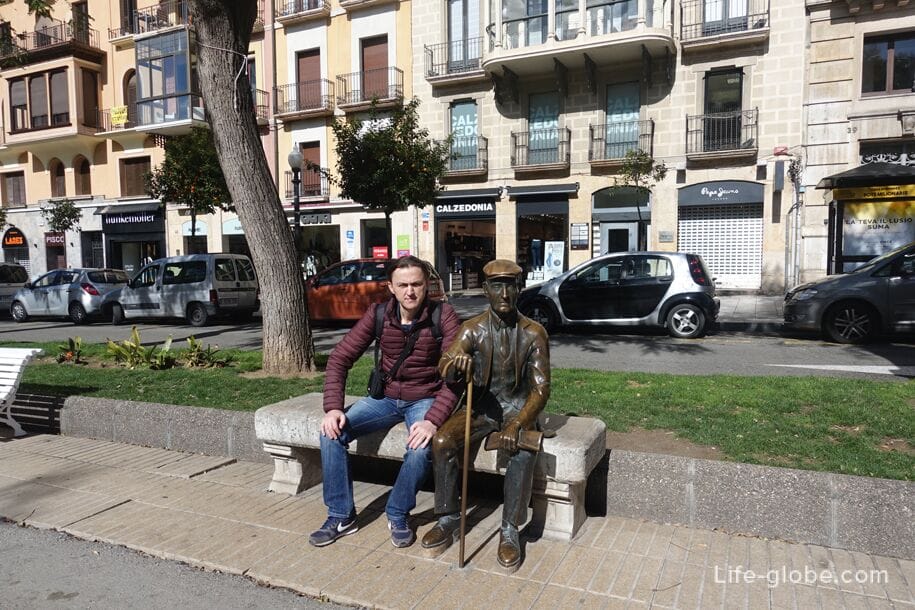
theatre of Tarragona (Teatre Tarragona);
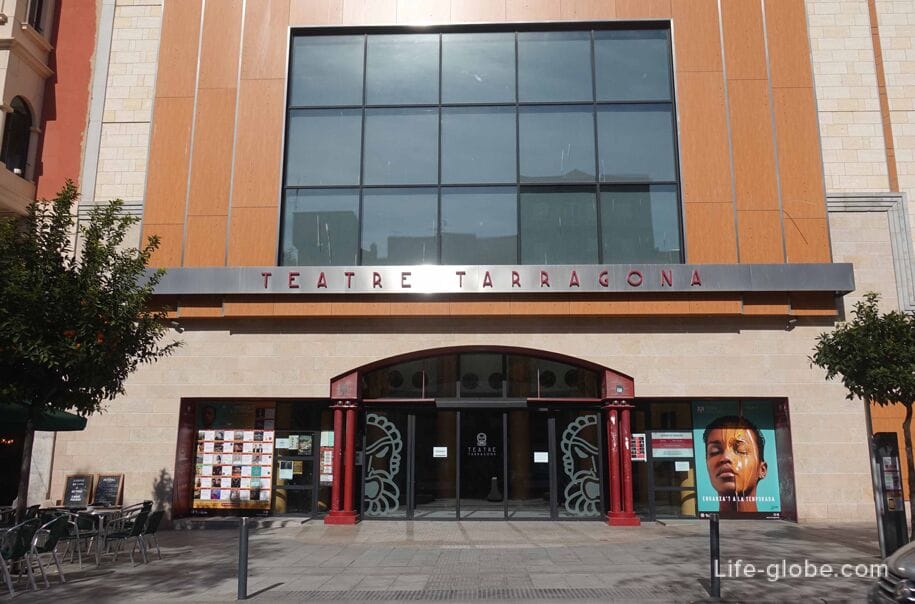
- the monument to the heroes of Tarragona 1811 (Tarragona als herois de 1811);
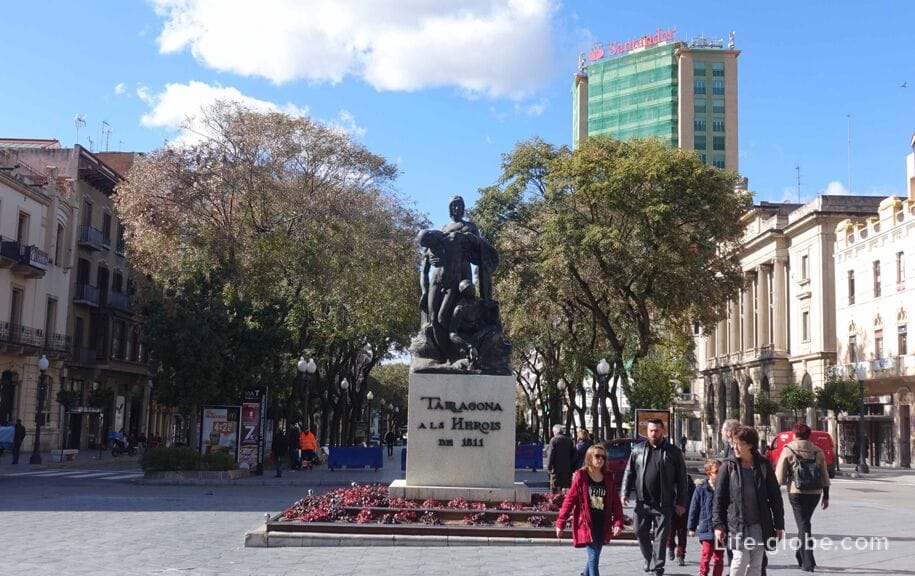
- Century fountain (Font del Centenari) also known as the fountain of the "Four continents" is the most famous fountain of the city, local landmark, erected to commemorate the centenary of the Rambla Nova;
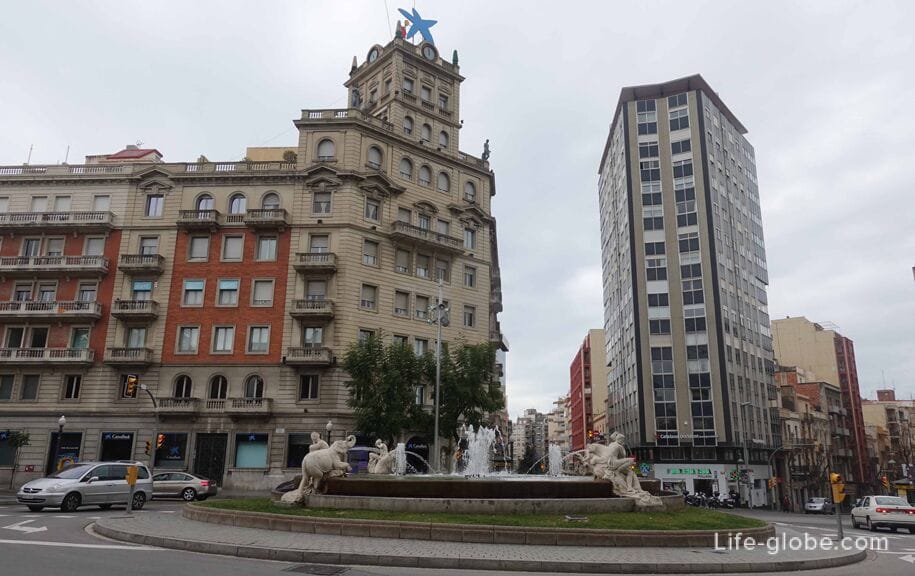
- a monument to human towers "Castells" (Monument als Castellers) is the most memorable and well-known monument, La Rambla Nova. Read more about the Rambla Nova in Tarragona...
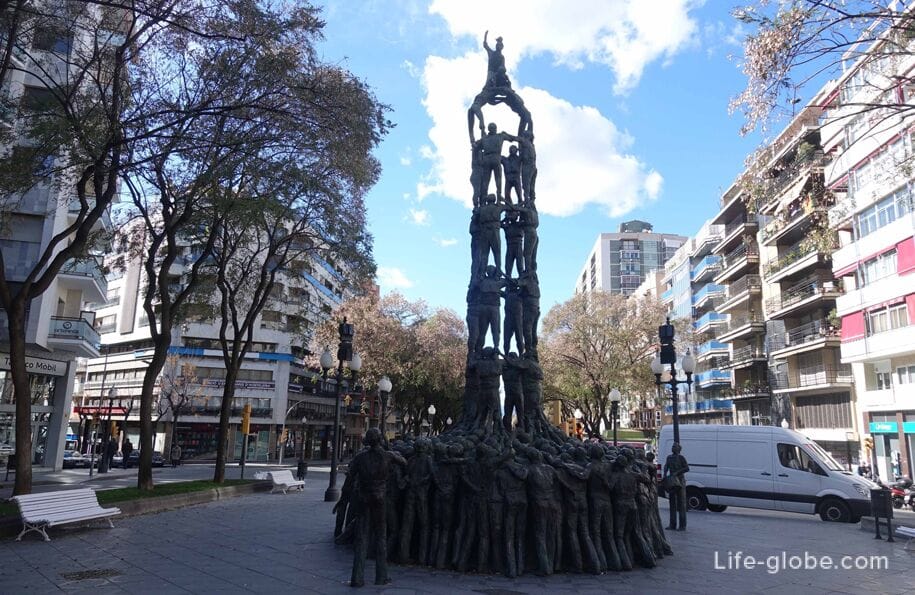
Church Of Carmelitas (Padres Carmelitas Descalzos De Cataluña Y Baleares)
Monumental and conspicuous Carmelite Church is undoubted decoration of the street de Lassat (Carrer de l Assalt).
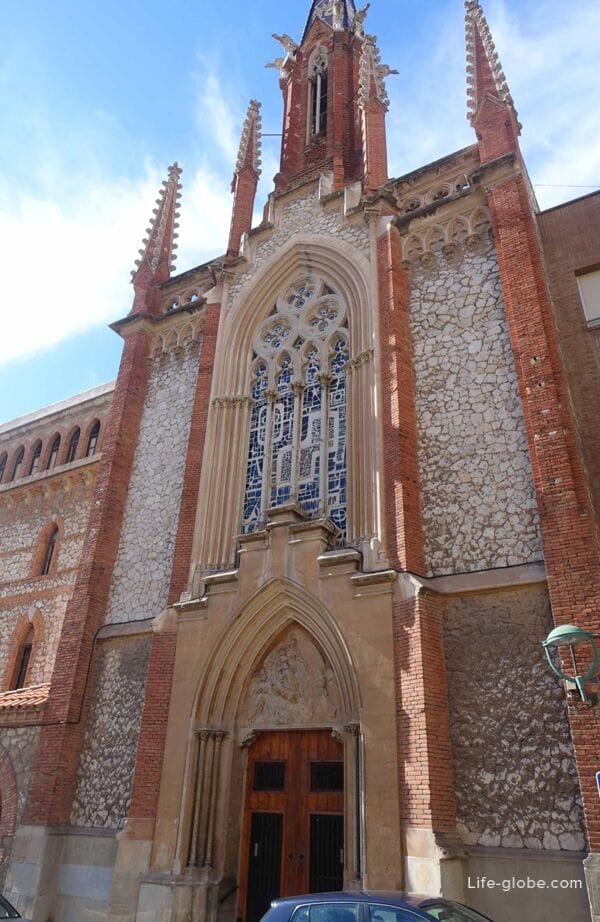
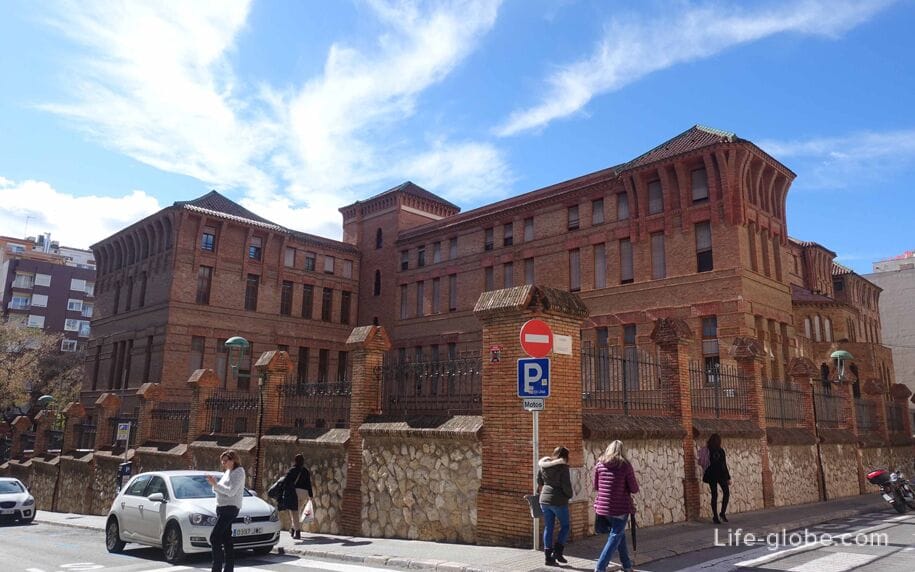
Central market of Tarragona (Mercat Central de Tarragona)
Central market or Mercato Centrale de Tarragona Central market of Tarragona, located in the historical and tourist center of the city in Piazza Corsini (Plaça de Corsini).
The market building itself is a landmark, it was designed by architect Josep Maria Pujol de barberà in the art Nouveau style and opened in December 1915. Renovated modernist building market, which can be seen today, was opened in March 2017.
On the market large selection of food, including fresh, there is a bakery departments with ready-made food and typical for the markets of Spain, bars where you can eat and drink a variety of drinks, and on the ground floor there is a large Mercadona supermarket. Read more about the market in Tarragona...
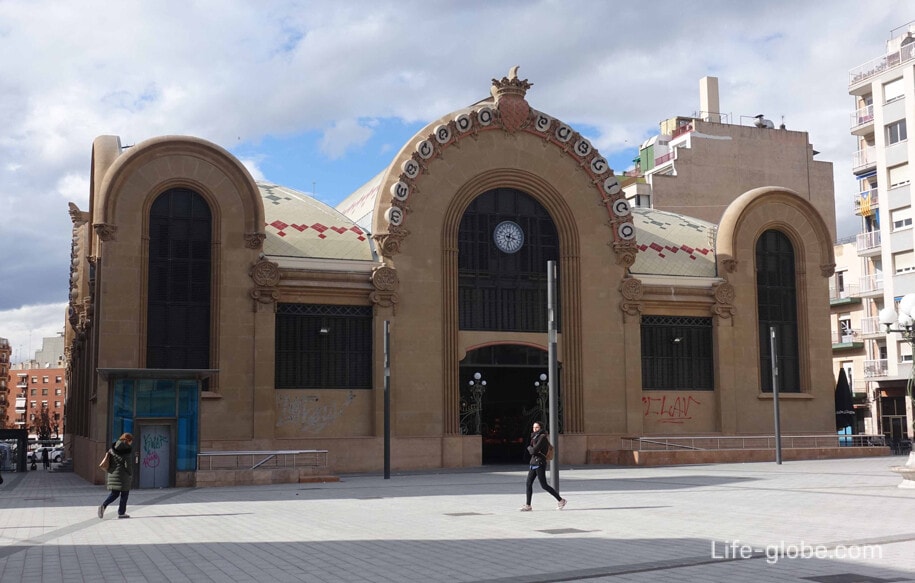

The seaport of Tarragona (Port de Tarragona)
The port of Tarragona or port de Tarragona (Port de Tarragona) is one of the largest seaports of Spain.
Currently, the port is one of the most important Maritime centres of Spain, playing a significant role in the economy of the country. The seaport of Tarragona consists of commercial and industrial port, several marinas, the cruise port and old part of the port - fishing port.
At the port there are several walking malls and attractions, and the most attractive part of the port of Tarragona is the Maritime quarter Serrallo (El Serrallo) – an old fishing port, is a small district (formerly the fisherman's district), located in the Western part of the city coast.
Pride and main attraction of the quarter Serrallo - old Church of Sant Pere, also known as the Church of SV. Peter Apostle Tarragona (Església de Sant Pere Apòstol de Tarragona).
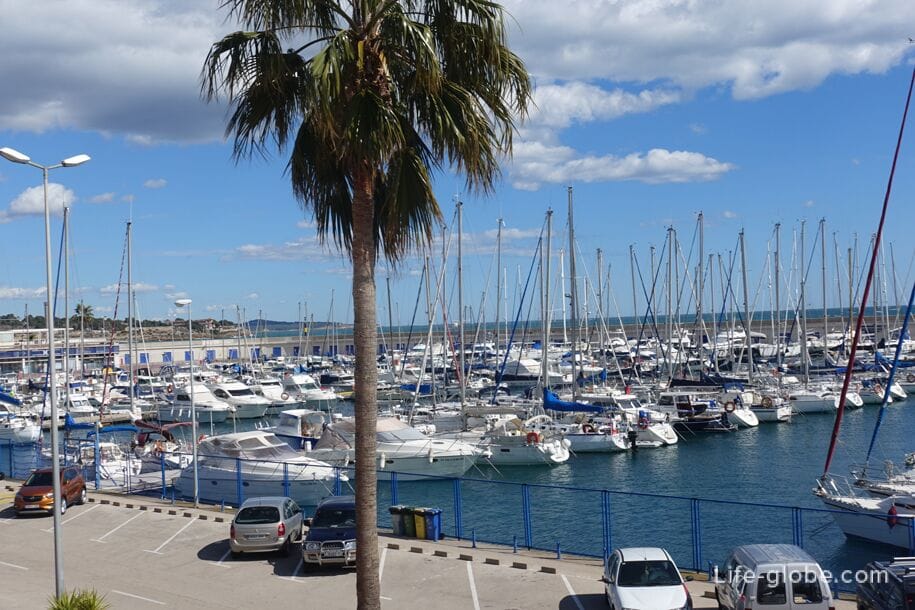
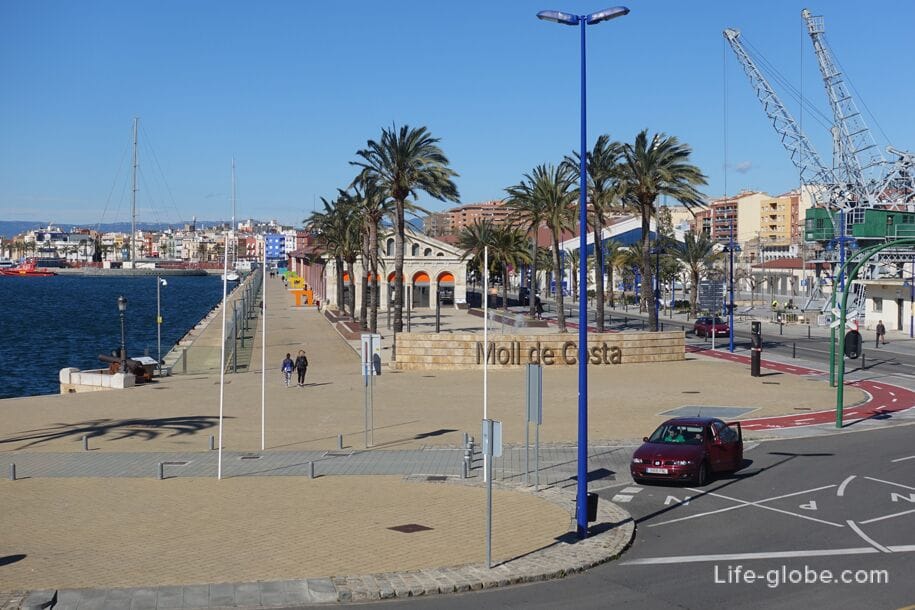
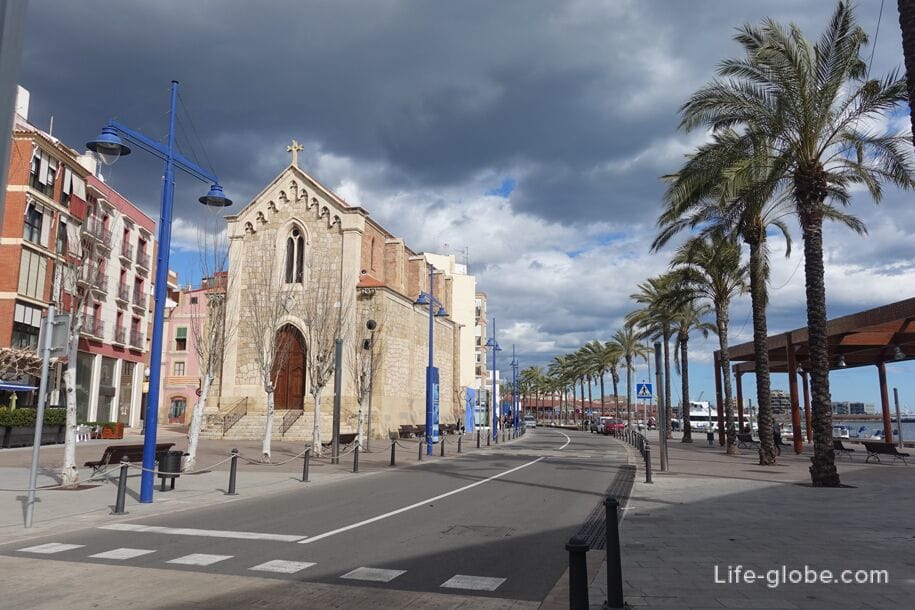
The parish of San Juan Bautista (Parròquia de Sant Joan Baptista)
The small and graceful Church is located at Plaza General Prim (Placa General Prim).
The parish of San Juan Bautista de Tarragona currently holds the headquarters of the Capuchin monastery of Sant Fructuos.
5 Sep 1802, was laid the first stone of the Church. The building, which can be seen today - with subsequent amendments - was opened on 25 August 1805. The monastery of Sant Fructuos was one of the greatest monasteries of the Capuchins of Catalonia. In 1835, the Capuchins, like other monks had to leave the monastery. After the Capuchin Church was owned by the city Council. Since 1840 the Church was empowered as a parish under the appeal of San Juan Baptist.
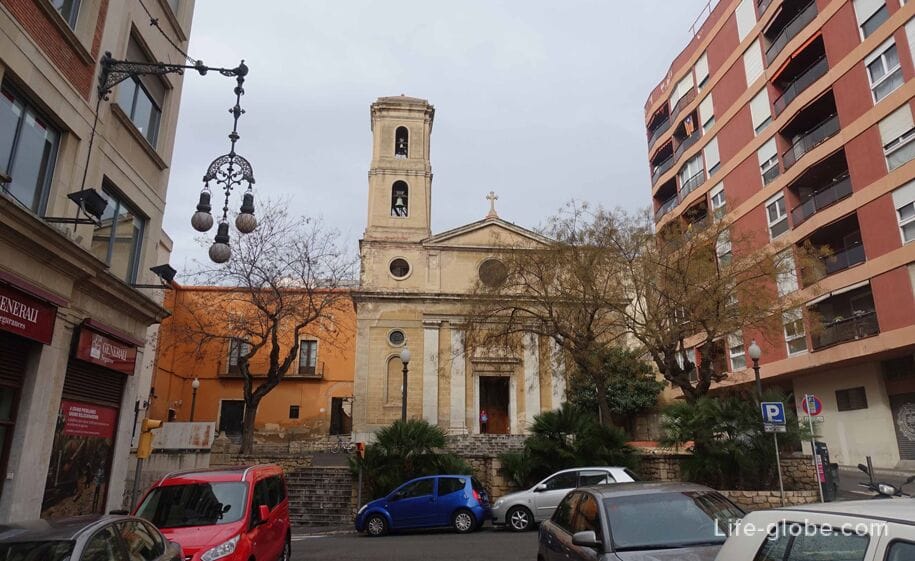
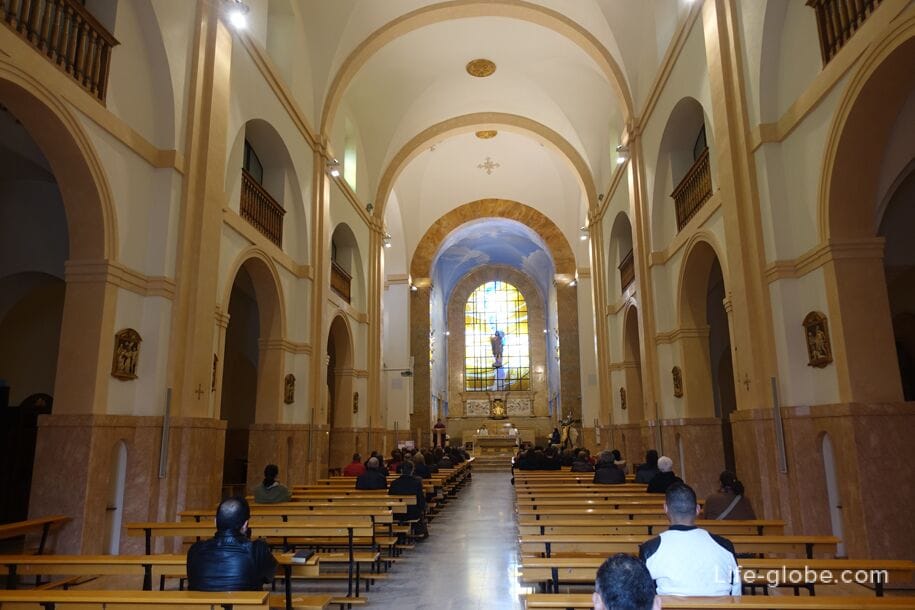
Area General Prim
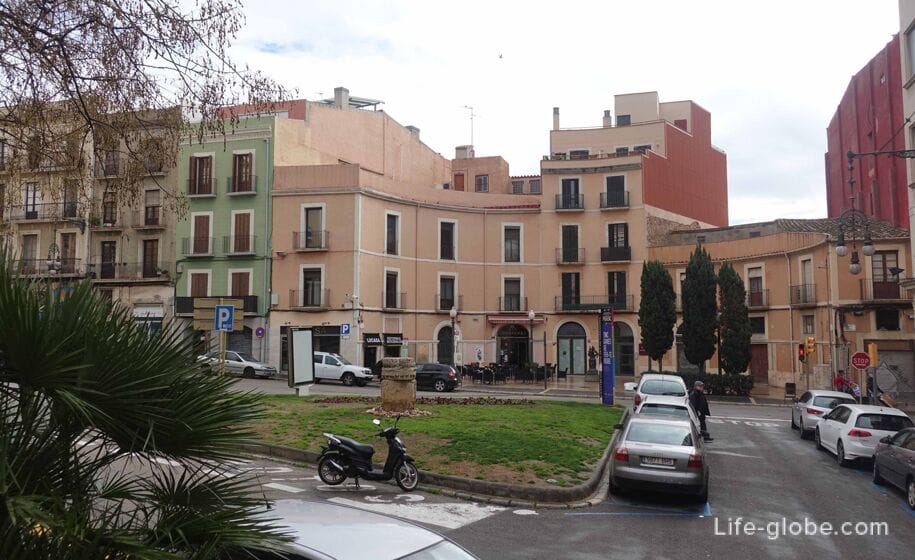
Roman theatre (Teatre Romà de Tarragona)
As a city built by the Romans, Tarraco had three main arenas: theater, circus and amphitheater.
Roman theatre of Tarraco was built in the 1st century BC between the local forum and the port, it was located in the lower part of the city, one of the most developed areas of Tarraco.
Despite the fact that the Roman theatre of Tarraco was seriously damaged and remained hidden from the citizens for many centuries, it is an important element for understanding the life of one of the most dynamic areas of the port city and its adjacent territory.
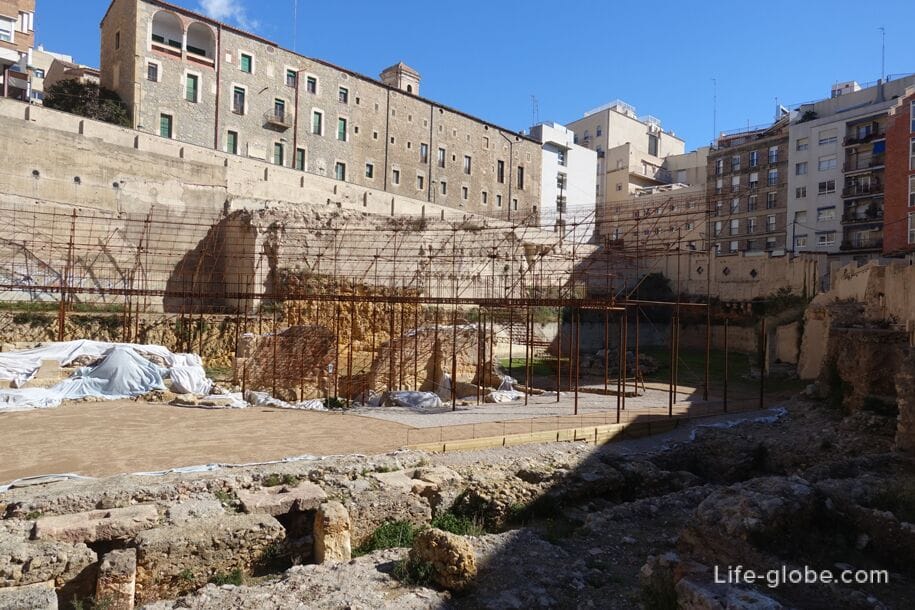
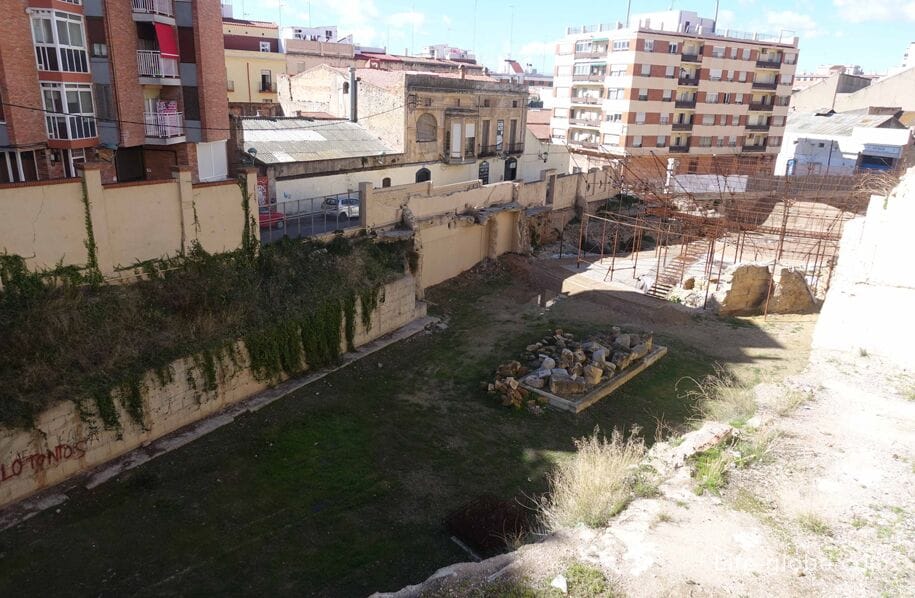
Colonial Roman forum (Forum de la Colonia)
Colonial Roman forum (Forum de la Colonia), also known as forum de La Colonia in Tarragona - the ancient Roman forum, one of the first Roman structures that have emerged in Terracota.
At the time, the forum of the Colony was situated in the lower city and was an important center of community life, where was concentrated the social and political life of the city. It was a place of meetings and meetings by local elites.
Approximate date of erection of the forum - 1st century ad. Over its long history, the forum has undergone a few changes.
Currently from the forum there are only a relatively small area, where you can see ruins of once monumental structures, including: preserved since the ancient times section of the street, fragments of Roman columns, remains of the foundations and of the ancient Basilica, the ruins of the former city Treasury and the main Church of the colony, dedicated to Jupiter, Juno, and Minerva. Read more about the colonial forum in Tarragona...

Arena Plaza Tarraco (Tarraco Arena Plaza)
Tarraco arena Plaza, formerly known as the arena in Tarragona Bullring (bullfighting).
The arena was opened in 1883, the architect was ramón Salas, who wanted to make a copy of the old Bullring located in Madrid. The arena consisted of 21 rows and 1 floor stands a total of 5,000 seats. Ring with a diameter of 55 meters.
In 2006, work began on the reconstruction of the arena with an estimated cost of 18 million euros. For this reason, bullfighting has been temporarily suspended, both in principle and in all of Catalonia. After the construction of the dome and all structures, except those which are typical of the Bullring, a law was passed prohibiting bullfighting in the Catalan territories.
The renovated Playground was opened in 2010 with a capacity of 9500 seats and mobile dome. Since this place is used for corporate, sports and cultural events and shows of various kinds.
In 2014, the arena became the venue for the final of the Spanish super Cup in handball.
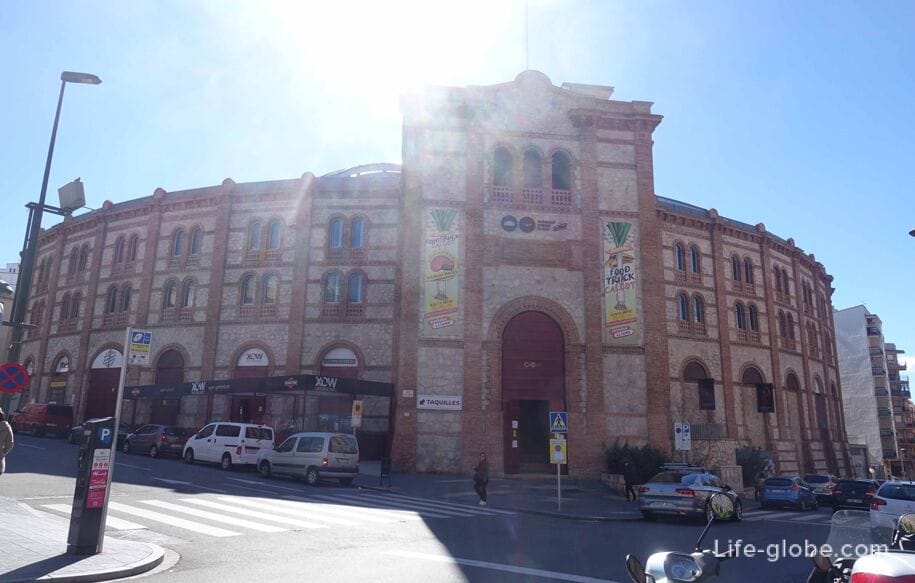

Paleochristian necropolis of Tarragona (Necròpolis Paleocristiana de Tarragona)
The necropolis was one of the most extensive and important burial sites in Tarraco. This is an exceptional cemetery which is considered the largest and most important in the Western Roman Empire more than 2,000 graves Dating from the 3rd and 5th century ad
This place was discovered graves, from the magnificent mausoleums to simple graves. On-site burial complex was discovered Basilica, which was the baptistery, and the burial halls.
Now the building of the necropolis consists of excavated open-air site (protected by a metal structure), the building of the Museum, burial vaults and gardens open to the public sarcophagi. The entrance ticket costs 4,50 Euros.

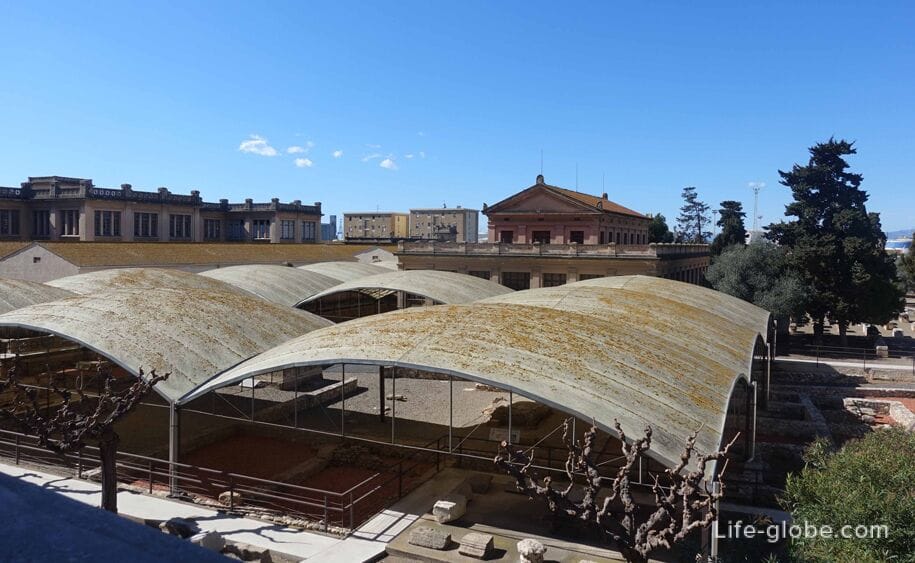

The remains of the Fort of the Queen (Fortí de la Reina)
Fort Queen is a military structure erected in 1745, on the occasion of the war of succession, strategically located at the shoreline.
Onshore strengthening of the trapezoidal shape is built of stone and mortar.
During the 19th century, the Bastion was used mainly for siege and defence of Tarragona during the French war (1811) and in the civil wars during the 19th century.
In 1953, around the monument was broken the green zone, but the object itself remains intact, and is currently empty.

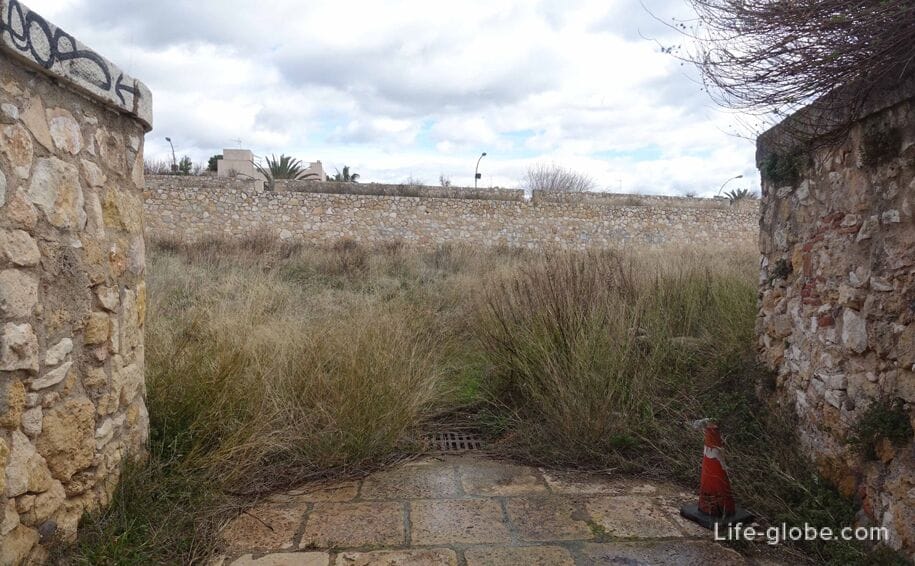
Attractions outside the city centre
The aqueduct in Tarragona
Roman aqueduct Ferreres (Aqüeducte de les Ferreres), also known as Devil's bridge (Pont del Diable), the ancient water conduit and one of the historical landmarks of Tarragona.
Devil's bridge is part of the Roman aqueduct built to supply water to the ancient city of Tarraco.
The aqueduct is located in a green area, at a distance of about 4 kilometers North of Tarragona.
Today, the aqueduct is not only a historical monument and tourist attraction but is also used as the most common bridge that crosses over a ravine and connect two sections of the Park. Read more about Roman aqueduct in Tarragona...

Villa Cantrell Mausoleum (Mausoleum of Centcelles Villa)
Located in the constant, 6 km from Tarragona, Centrella was an agricultural Villa, near Tarraco, which in the fourth century became a funerary monument worthy only of important personalities.
The most remarkable part of the Villa is a round space with a diameter of 10 meters and a height of 13 meters, covered with a dome and a funeral crypt in the bowels. The dome was decorated with splendid decorations of mosaics and frescoes. The mosaic decoration consists of hunting scenes and biblical scenes that surround the Zenith of the dome.
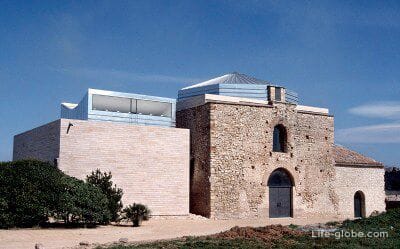
Tower of Scipio (Torre dels Escipions)
Torre dels Escipions is a funerary monument in the form of a tower, built in the first half of the 1st century ad, approximately 6 kilometres North-East of the centre of Tarraco. It consists of three overlapping bodies, and on the facade of the intermediate post, there are two figures of Atis-East of the burial division, which is the inscription. The erroneous identification of the figures with the brothers Escipion is the source of the traditional names of the tower.
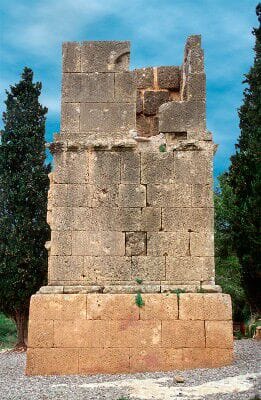
Tamarit castle (Castell de Tamarit)
The castle of Tamarit is located on a promontory on the Mediterranean sea, in the municipality of Tarragona. The architecture of the castle blended Romanesque, Gothic and Renaissance styles, and intervention, held since 1916 by new owner Charles Dearing, on the advice of his friend and artist Ramon Casas, contribute to the harmonization of the structure.
Inside the walls of the castle of Tamarit are the remains of the castle, the Church of Santa Maria (one of the oldest parishes of Gaia) and some of the houses.
The square tower next to the Church dates from the Romanesque period. Some of the other buildings date back to the Romanesque and Gothic periods, but many are more recent restorations.
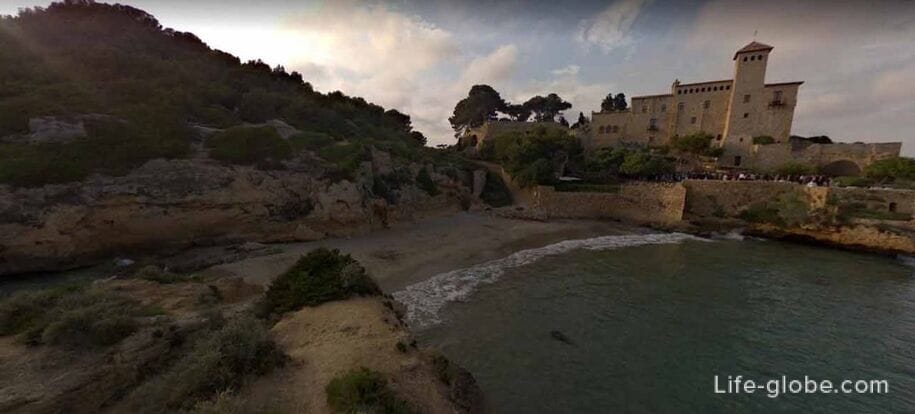
The Roman quarry of Medol (Pedrera romana del Mèdol)
El Medol is a large ravine with a length of over 200 meters and a width of from 10 to 40 meters, formed a constant extraction of stone during the Roman Empire. This stone was one of the main materials used in the construction of those times.
It is estimated that approximately 50 000 m3 of rock were mined from this quarry.
In the centre stands a stone quarry, the needle height of 16 meters, indicating the initial quota of the breed prior to operation.
Stone Medol (Médol) is a light stone, a yellowish-Golden color, very simple in treatment, which has built a large number of the most important Roman buildings in Tarraco. Perhaps this quarry was also used in medieval times.
Currently, the environmental conditions in the area have created a climate which made this place of great ecological interest.
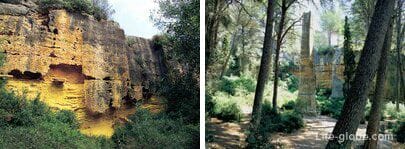
Villa dels-Monts (Villa dels Munts)
Roman Villa, located in Altafulla, 12 km from Tarragona, is one of the most important sights in Spain in its category. Important residential core, a thriving decorative elements, shows that it was the residence of men of high standing in the administration of Tarraco.
The importance of the city of Tarraco contributed to the creation of agricultural and residential properties in the surrounding area. To manage the district surrounding the city and comfortable life of the rich and noble people, built houses for the gentlemen -- known as villas.
Munts Villa was built in the early 1st century ad, and, most likely, was not abandoned until the 6-7 centuries. Archaeological excavations have revealed several rooms that lead to the large portirovaniyu corridor, which, in turn, limits large open area, maybe a once well-organized. It was also found a lot of sculptural materials, pavements, frescoes, two thermal baths, etc.
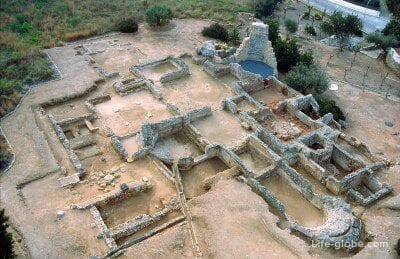
Bera arch (Arc de Triomf de Berà)
Arc de Bera - honorary arch on the way August (Via Augusta), approximately 20 kilometres North-East of Tarraco.
Originally the arch was built by testamentary disposition Lucius, Licinius Sura between 15 and 5 BC and dedicated to Emperor Augustus. From the original Roman buildings were found some fragments, which were restored with further restoration.
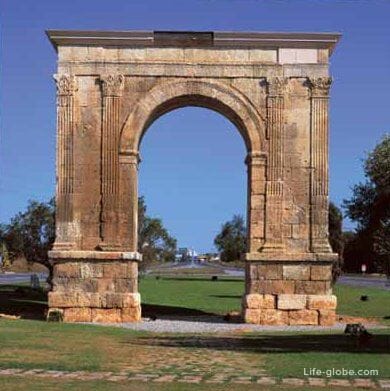
Royal monastery of Santa Maria de Poblet (Reial Monestir de Santa Maria de Poblet)
In a half-hour trip from Tarragona in rural Catalonia is the monastery of El Poblet.
This Cistercian monastery was founded in 1151 and is one of the largest monasteries in Spain. Located in the Conca de barberà in Catalonia.
Poblet monastery was founded the first of three sister monasteries, stands as the "Cistercian triangle", which helped consolidate power in Catalonia in the 12th century (the other two are Vallbona de Les monges and Santes Creus).
The monastery accommodates a fortified Royal residence and Pantheon of the Royal house of Aragon, since James I of Aragon.
Of particular interest are the vaulted arcades of the interior courtyards (12th century) and the Royal tomb (1359). In addition, in the center of the monastery is the Church of the 12th century, alabaster zaltana partition which was created by Damian Forment in 1527.
In 1835 the monastery was abandoned and restored only in 1930-ies. January 11, 1963, Pope John XXIII gave the Church of the monastery of Poblet the title of minor Basilica.
In 1991, the monastery complex listed as a world heritage site by UNESCO.
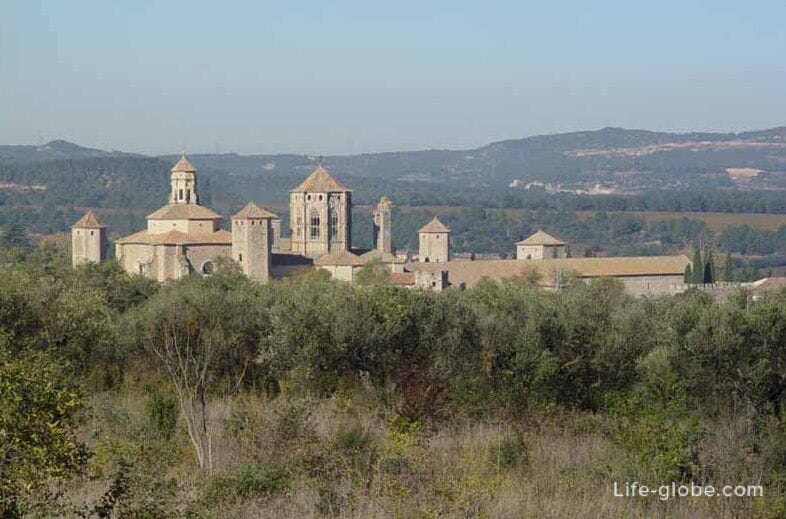
Sights of Tarragona on the map
